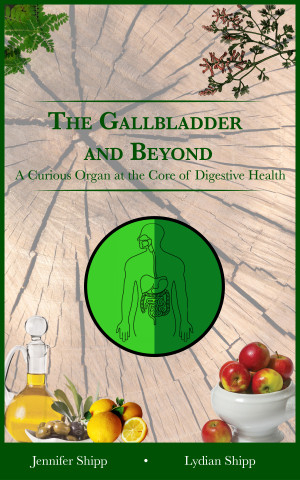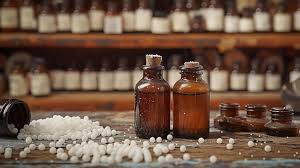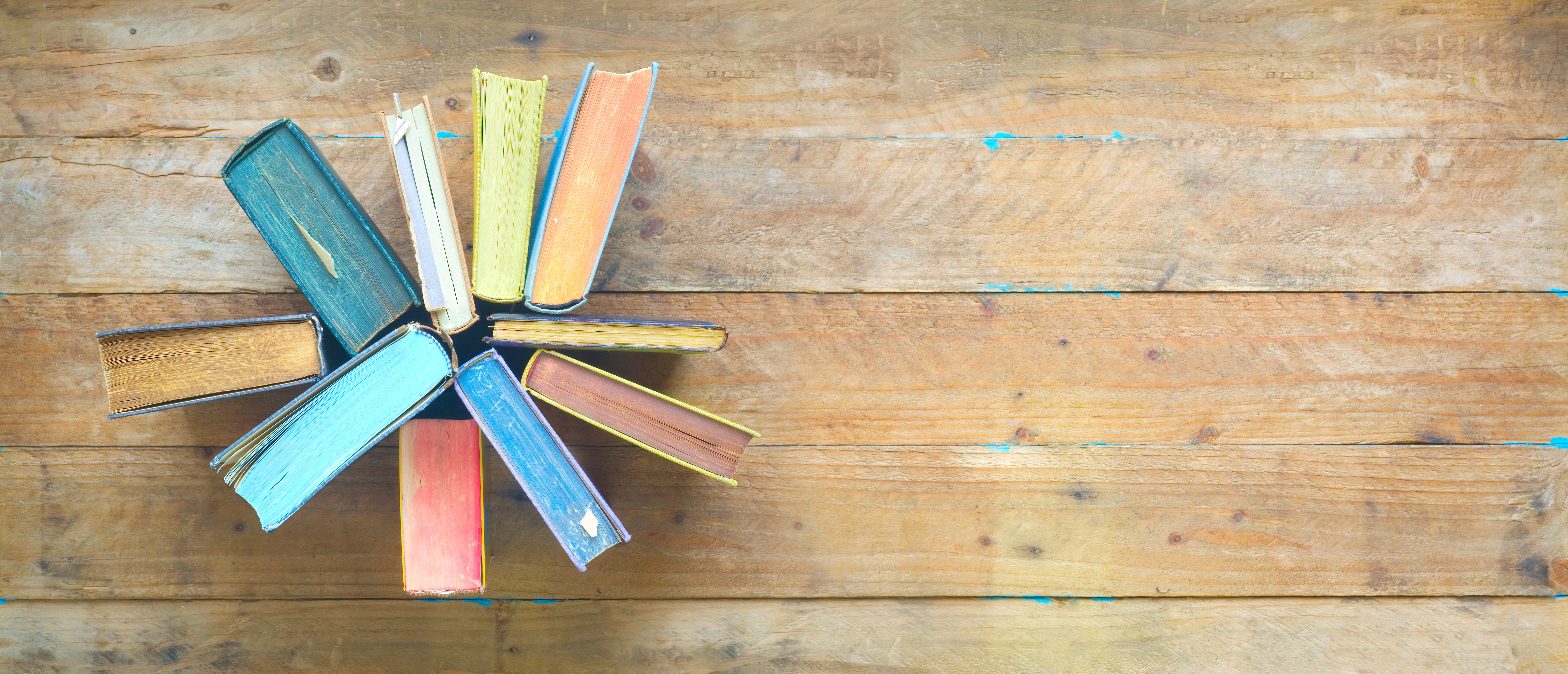Over-the-Counter Antibiotics for UTI and Cystitis
A number of our health coaching clients find that before they can really get to work to heal the bladder after having recurrent cystitis, overactive bladder, or recurrent UTIs, they have to feel confident that they can get rid of symptoms of bladder irritation. It's hard to think and make wise decisions about health and healing if your bladder is irritated, after all. Bladder irritation in older adults can literally drive them to (temporary) senility, after all. If you're looking for a way to treat a UTI at home and get rid of recurrent UTIs, cystitis, or overactive bladder, below are some resources to help you get started.Methenamine and methylene blue are two medicines that can be used together to reduce bladder irritation and give people that confidence that maybe they can manage this health problem and actually overcome it themselves, but another medicine known as Amanita muscaria should also be on your radar if you're looking for relief now. Amanita muscaria is a mushroom that contains a substance called muscarine that works specifically on the muscarinic receptors in the bladder.

Click here to schedule a health coaching session with us.
Amanita muscaria / Muscarine for Overactive Bladder, Cystitis, and UTI
Amanita muscaria is the Alice-in-Wonderland-mushroom that can be poisonous if dosed improperly. At the proper dose though, Amanita muscaria can be used as a very important medicine for bladder-related issues. You see, in today's world, most people are exposed daily to organophosphates. Organophosphates are in the air, in the water, in our food, and they're even given to some patients as medicines known as bisphosphonates. If you haven't considered the role that organophosphates have on your muscarinic receptors in the cholinergic system, then you might want to start by clicking here to learn more about organophosphates and bromide as the two main insecticides / herbicides currently in use in agriculture and how they can impact bladder health specifically. Basically, muscarinic receptors are used to both contract the muscles in the bladder (when the bladder is relaxed and you're not actively urinating) and also relax the bladder muscles (when you are actively urinating). If the muscarinic receptors become occupied or "blocked" by organophosphates or by other toxins, your bladder will stop functioning properly and you may also experience extreme irritation and an inability to tune your bladder out of your daily life.Muscarine is a substance found in Amanita muscaria that can be used to unblock those muscarinic receptors. Muscarine has a higher affinity for these receptors than organophosphates, but muscarine also releases its link to muscarinic receptors within only 2-3 hours. So this substance can be used to "clear" the muscarinic receptors and heal the bladder naturally. Most of our health coaching clients work with microdoses of Amanita muscaria for bladder irritation, overactive bladder, cystitis, or recurrent UTIs. A microdose of Amanita muscaria usually ranges between 25-100 mg of the whole mushroom (as a powder that's been properly prepared or in some other form).
If you're interested in Amanita muscaria to heal the bladder naturally, contact us to set up a health coaching session. The initially effects of treatment with Amanita muscaria often involves a period of detoxification. This is one of the sacred medicines and it can have profound effects on health and healing of the whole body, but initial results can sometimes involve the development of detoxification symptoms.
Click here to learn more about how Amanita muscaria affects the body in a general way.
Click here to learn more about how to dose Amanita muscaria to overcome serious diseases.
Methanamine and Methylene Blue for UTI and Bladder Problems
Methenamine and methylene blue are two drugs that have been used to reduce symptoms of urinary tract infection and recurrent cystitis in patients who are otherwise healthy with no kidney issues. Both methenamine and methylene blue are available over-the-counter and both act as urinary antiseptics. Though these two drugs can be irritating to the kidneys and even sometimes to the bladder, and they are not the very best medicines for healing the bladder, some studies have shown that methenamine and methylene blue can be used to together to get rid of cystitis symptoms. These two medicines are also able to kill bacteria which gives patients the ability to treat urinary tract infections at home without having to wait to go to the doctor for a prescription.As an alternative to prescription antibiotics for urinary tract infections, methenamine and methylene blue can be indispensable for some people, but as a general rule, we would recommend that patients work with a substance like chlorine dioxide solution (CDS) instead because it is a non-toxic, over-the-counter antibiotic that gets rid of urinary tract infections quickly. Use the Protocol 1000 Plus dosing guidelines for CDS.
Scientific studies have shown that the combination of methylene blue and methenamine administered daily can get rid of cystitis within 3 days of treatment. In one study, methenamine was administered at a dose of 120 mg with 20 mg of methylene blue given twice daily. This treatment combination was compared to another combo treatment that included methenamine at a dose of 250 mg with 20 mg of methylene blue and Atropa belladonna L. at a dose of 15 mg given twice daily.
Both the twice daily methenamine 120 mg + methylene blue group and the twice daily methenamine 250 mg + methylene blue + Atropa belladonna group were able to get rid of cystitis symptoms within 3 days of treatment.
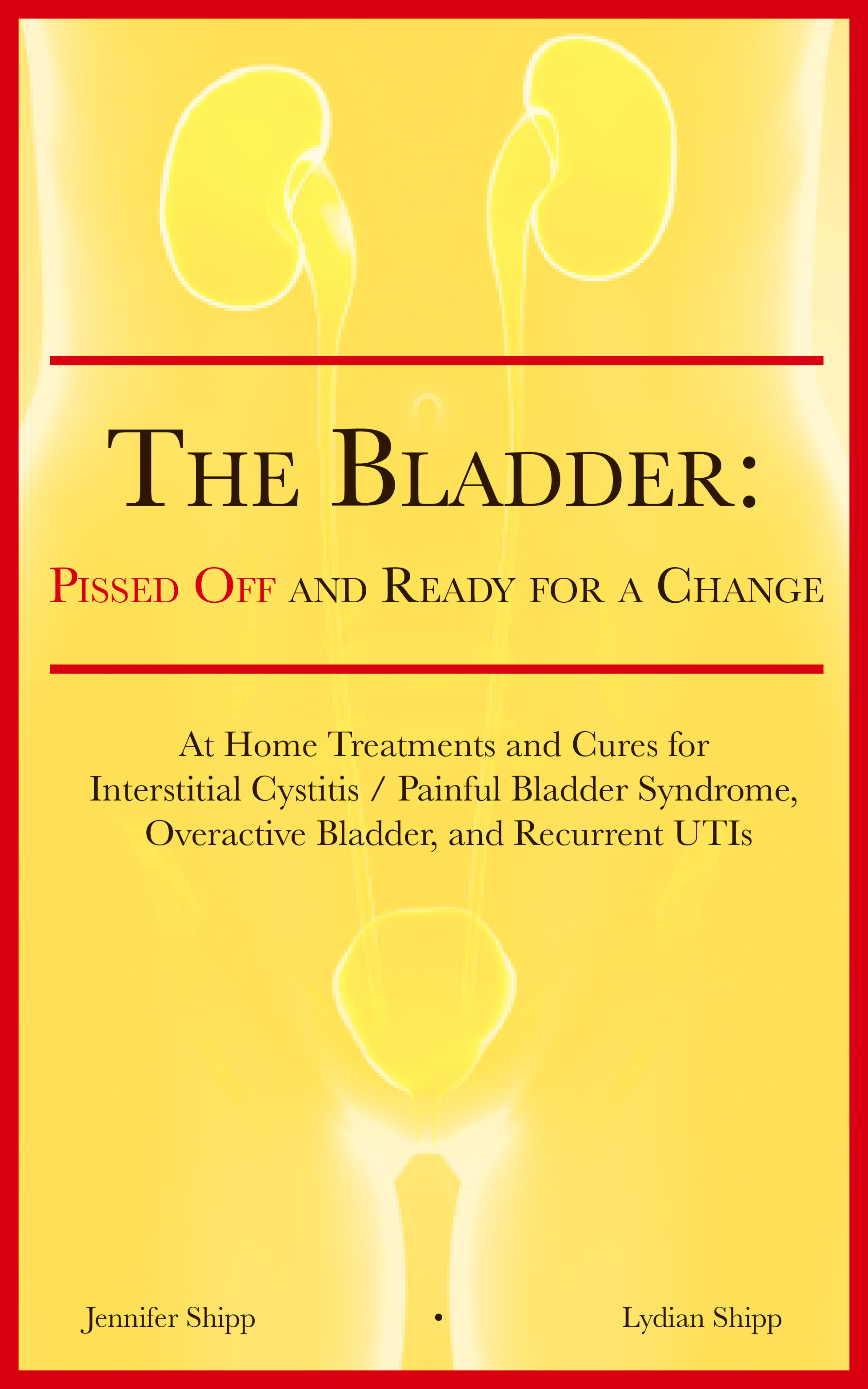 The Bladder: Pissed Off and Ready for a Change - BUY HERE!
The Bladder: Pissed Off and Ready for a Change - BUY HERE!
Methenamine
Methenamine is broken down into ammonia and formaldehyde, two substances that inhibit the proliferation of bacteria. Pathogenic bacteria do not become resistant to these methenamine byproducts. When in contact with urine that has a pH between 5-6, methenamine produces an antibacterial concentration of formaldehyde within an hour.Formaldehyde is not a very healthy thing to have in your bladder on a regular basis. We decided to include mention of methenamine only because cystitis is such a painful problem and it can be very hard to come up with an action plan to heal the bladder if the bladder is constantly inflamed and irritated. If methenamine and methylene blue work well for you to reduce irritation and inflammation of the bladder, just note that this treatment combination should be used only on an as-needed basis.
Oral administration of methenamine at a dose of 1000 mg four times per day in healthy patients, reliably inhibits the growth of pathogens in the bladder.

Click here to buy Cystex, a cystitis painkiller that contains methenamine.
Methylene Blue
Methylene blue is a histologic dye that is used to alter the color of tissue structures to make them easier to see under the microscope. But like a lot of other tissue dyes, methylene blue also has a broad range of action medicinally. It is most often used in emergencies to treat methemoglobinemia, but methylene blue has many medicinal applications. It was once the main drug used to treat and prevent malaria, for example.
Though methylene blue does not degrade into formaldehyde it can still be taxing on the kidneys. When taking it, it turns the urine blue or green.

Click here to buy Methylene Blue.
Dosing Methylene Blue Guidelines by Weight:
Dosing for Methylene Blue 1% SolutionBody Weight: 50 kg/110 lbs: 1 mg/kg dose = 50 mg/day or 100 drops/day
Body Weight: 55 kg/121 lbs: 1 mg/kg dose = 55 mg/day or 110 drops/day
Body Weight: 60 kg/132 lbs: 1 mg/kg dose = 60 mg/day or 120 drops/day
Body Weight: 65 kg/143 lbs: 1 mg/kg dose = 65 mg/day or 130 drops/day
Body Weight: 70 kg/154 lbs: 1 mg/kg dose = 70 mg/day or 140 drops/day
Body Weight: 75 kg/165 lbs: 1 mg/kg dose = 75 mg/day or 150 drops/day
Body Weight: 80 kg/176 lbs: 1 mg/kg dose = 80 mg/day or 160 drops
Body Weight: 85 kg/187 lbs: 1 mg/kg dose = 85 mg/day or 170 drops/day
Body Weight: 90 kg/198 lbs: 1 mg/kg dose = 90 mg/day or 180 drops/day
Body Weight: 95 kg/209 lbs: 1 mg/kg dose = 95 mg/day or 190 drops
Body Weight: 100 kg/220 lbs: 1 mg/kg dose = 100 mg/day or 200 drops/day
Cystitis Treatment at Home
Studies into the use of methenamine and methylene blue have generally been aimed at showing that they can prevent recurrent cystitis, but studies have recently demonstrated that these two over-the-counter drugs can also be used to treat cystitis and recurrent UTIs.Daily oral doses of methenamine for recurrent UTI and cystitis often range between 120 - 720 mg daily. Doses of methylene blue range between 60-120 mg per day.
Cystitis Prevention at Home
Studies have shown that the administration of methenamine at a dose of 1000 mg twice daily is superior to a placebo in the prevention of recurrent UTI. Combining it with methylene blue increases its effectiveness at urinary tract infection prevention.Adverse Events and Side Effects of Treatment
Studies have not recorded any serious adverse events as a result of using methenamine and methylene blue for cystitis as long as they’re used for short periods of time (less than 3-6 months).Below are side effects that were reported during treatment:
- Headache
- Dyspepsia / Sour Stomach
- Diarrhea
- Epigastralgia
- Nausea
- Skin rash
NOTE: Though scientists have shown that methylene blue and methenamine work well to control cystitis symptoms at home, methylene blue can also irritate the bladder in some cases and methenamine degrades into formaldehyde, a toxin. Be aware of this potential issue as you begin working with these combination treatments.
Methylene Blue and Red Light Therapy
Methylene blue and red light therapy are yet another combination treatment that can be used to get rid of cystitis symptoms. The combined use of methylene blue (which is administered orally in drinking water) and red light therapy (which is administered for 5-15 minutes to the skin overlying the bladder about 10-30 minutes after administration of the methylene blue) is called “photodynamic therapy”. The red light interacts with the blue molecules in methylene blue and excites them in a manner that helps to recharge the cells that have been dyed by the methylene blue. When you recharge your bladder cells, you give them energy to heal themselves naturally.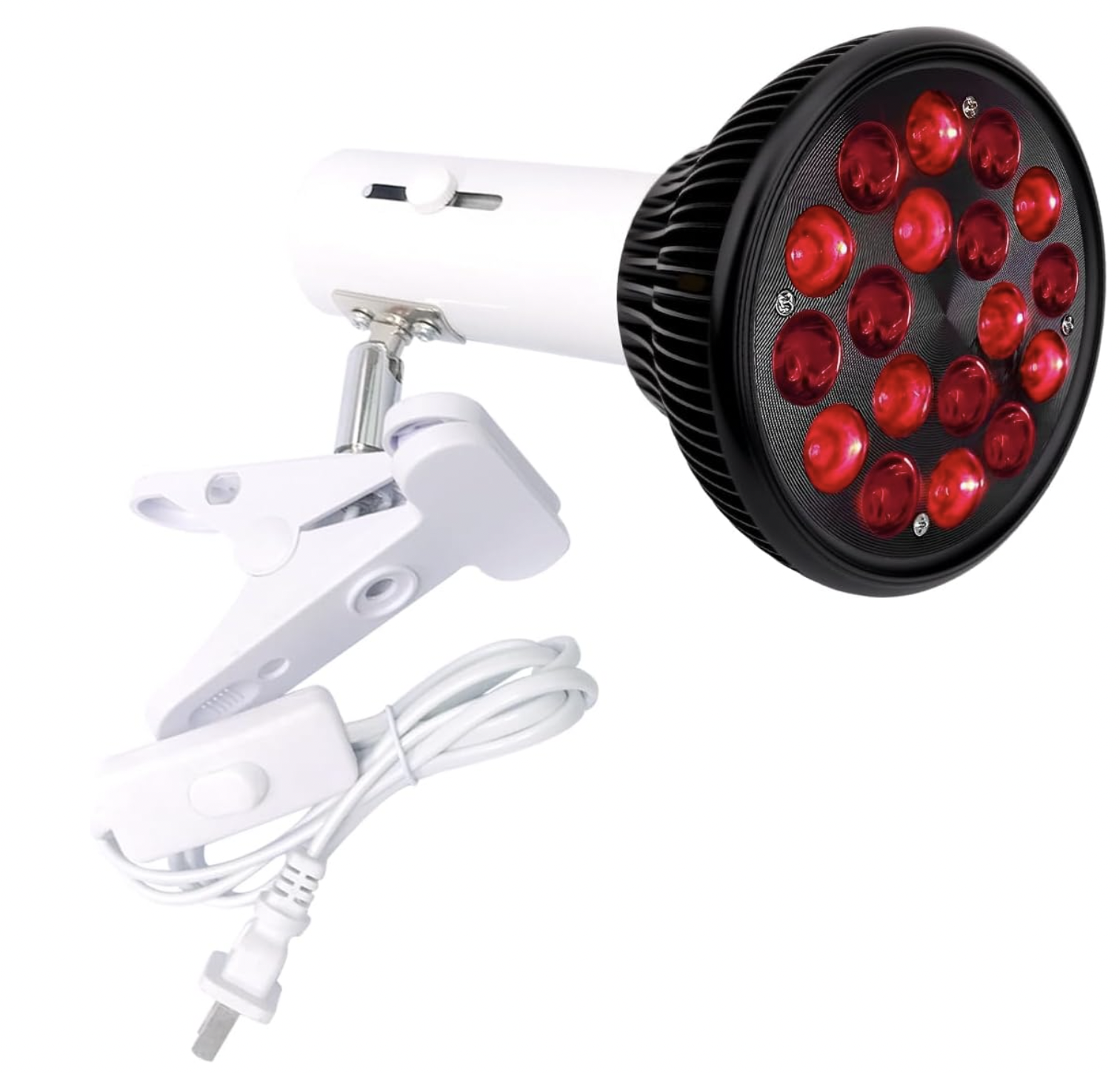
Click here to buy a red light therapy lamp.
Women should consider purchasing a special “vaginal” red light therapy device as well as a red light therapy lamp. Light therapy should be administered through the skin of the abdomen as well as via the pelvic floor for best results.Click here to read more about “testicular tanning” as an alternative therapy for cystitis and recurrent UTIs. Note that both men and women can benefit from “testicular tanning”.

Click here to buy a vaginal red light lamp.
Resources:
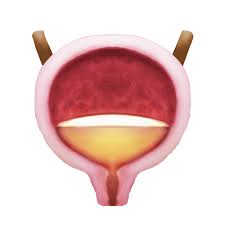
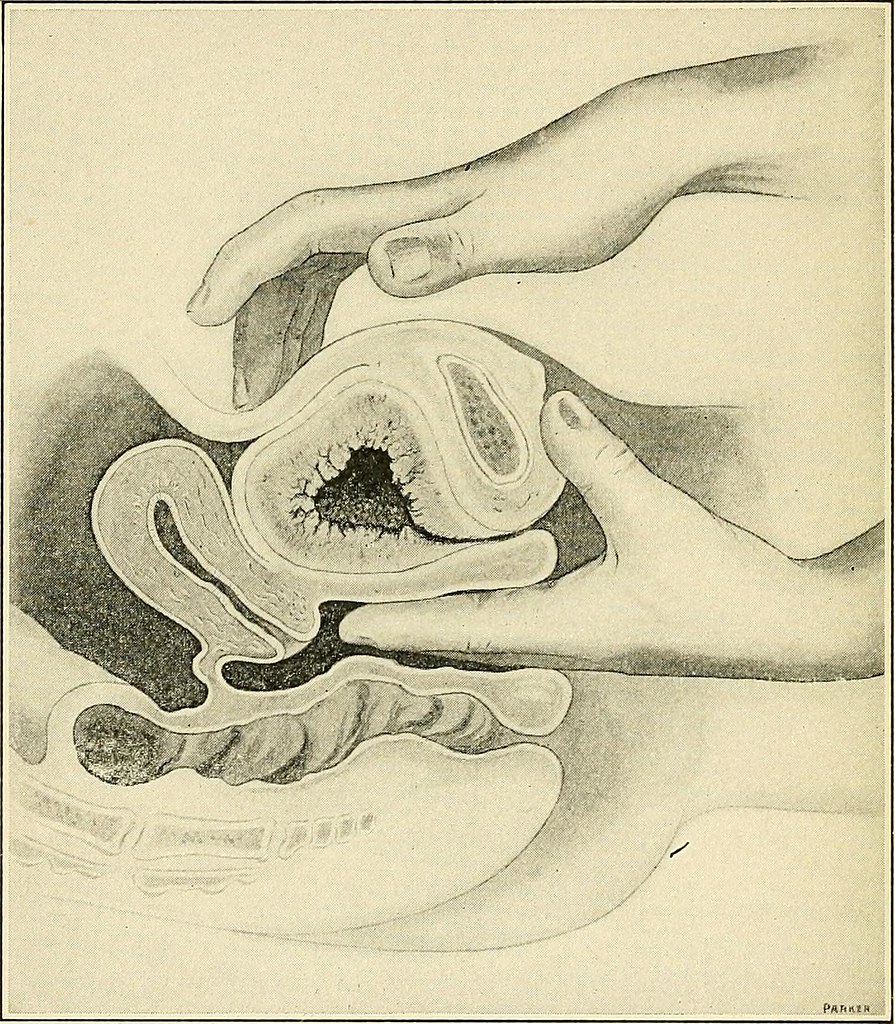 In this image, you can see the positioning of the bladder underneath the uterus. If you work with red light therapy, aiming the red light up at the bladder from the pelvic floor and through the abdomen will achieve the best effects.
In this image, you can see the positioning of the bladder underneath the uterus. If you work with red light therapy, aiming the red light up at the bladder from the pelvic floor and through the abdomen will achieve the best effects.